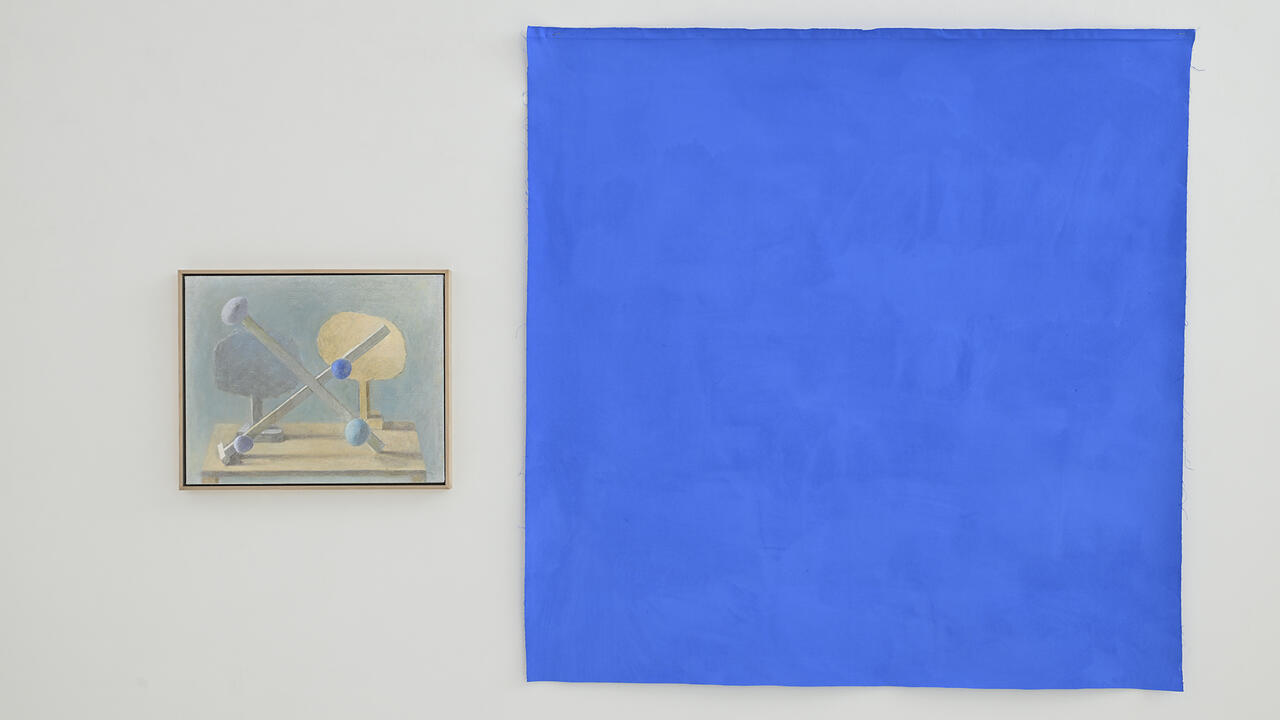Yebisu International Festival for Art and Alternative Visions 2016
Various venues, Tokyo, Japan
Various venues, Tokyo, Japan

Until it was scrapped last summer, the late Zaha Hadid’s plan to build a gigantic stadium for the 2020 Olympics in the midst of the historic outer garden of Tokyo’s Meiji Shrine was the source of much controversy. The garden was originally constructed in 1926 under the auspices of Seiroku Honda, Japan’s first forestry scholar, with the aim of creating a self-sustaining thicket in the heart of Tokyo. Had Hadid’s project gone ahead, the Iraqi-British architect’s 70-metre-tall mega-structure would have done damage to the surrounding environment and its greenery, jeopardizing Honda’s vision.
With that controversy still lingering in Tokyoites’ collective consciousness, the curators of the Yebisu International Festival for Art & Alternative Visions, Hiroko Tasaka and Keiko Okamura, chose the theme ‘Garden in Movement’ for the festival’s 8th edition. The concept is attributed to French contemporary landscape architect Gilles Clément, who calls for minimizing a gardener’s intervention to allow vegetation to run its natural course. Through exhibitions, film screenings, performances and symposia, Tasaka and Okamura applied Clément’s organic principles to contemporary art – re-imagining the garden as ‘an art space’ that evolves according to ‘earth’s constantly changing environment’.
Installed at the entrance of the main venue, Jananne Al-Ani’s five-channel video Groundworks III (2013) – animated aerial photographs of Arizona’s arid landscape – immediately set a political tone. Like Hadid, Al-Ani hails from Iraq but lives in London. Yet, while Hadid employed her fluid brand of architecture across geographical contexts, Al-Ani is lured by the distinct topography of the desert, not unlike her land art forebears. Though Al-Ani’s photographic perspective might mimic that of unmanned military drones, her sympathetic image of a thriving microscopic world of ants, for example, acts as a counterpoint to indifferent footage of warfare.
The exhibition’s centrepiece was END74 Pholidota sigmatochilus (2015), Chris Chong Chan Fui’s replicas of rare orchids grown in the artist’s home country of Malaysia. Unique to the tropical region of Borneo, these plants rarely survive when transplanted from their native climate. Chong’s artificial flora are so skilfully replicated, however, that only a close inspection reveals their facsimile features, as each petal makes mechanical ‘clockwork’ movements. The kinetic nature of Chong’s botanical sculptures raises the question of authenticity in the age of genetic engineering, while also hinting at the challenge of humans who have been transplanted to adapt and sustain their culture – a possible metaphor not only for Southeast Asia’s stateless Rohingya minority but also for those citizens displaced by the Tohoku earthquake, tsunami and nuclear disaster of 2011.
Indeed, the ongoing crisis in Fukushima cast a shadow over the festival and was its implicit referent. Only Robert Knoth and Antoinette de Jong’s outstanding Tree and Soil (2015) – shot in the forests inside Fukushima’s exclusion zone – addressed the topic head-on. Just as Theodor Adorno disputed the viability of poetry after the Holocaust, a new crop of Japanese artists have appeared to distance themselves from the notion of art as a self-centred practice after Fukushima. Such suspicion – or even disdain – is the driving force behind Bug’s Beat (2016), a collaboration between Yumi Sasaki and Dorita, two emerging female artists from Tokyo. The pair’s installation comprises three transparent pods, in which living insects are ‘installed’ for viewing. As you approach, the sound of the insects’ amplified footsteps emits from nearby speakers. Although each capsule-like habitat is fitted with a hi-tech sensor to detect the tiny creatures’ treading, Bug’s Beat proves to be low-tech in nature, if only because the ants need to be fed, whereupon the installation must be intermittently interrupted. Yet, even this unintentional mishap seems appropriate, given the curators’ aim to conceive of the exhibition space as a garden in perpetual flux.
























